ST-urday #020: Black Lamp
By Mento 2 Comments
Hey gang, quick episode this week as I'm knee-deep in moderating the 75+ hours of charity streaming chaos happening on and around the site. Today's game is really another like Kid Gloves, where the only significant about it is its sentimental value to myself. Still, why write these things without giving them a personal edge?
Elsewhere and elsewise, I'm happy to report that after 104 hours (according to the game over screen), I've finally slain a long-standing "pile of shame" entry: Yakuza 3. I'm now fully prepared for 2011's Yakuza 4, the imminent English language release of Yakuza 5 and whenever Yakuza 6 is localized after its JP release next year. So, basically I'm never finishing this series. Bamco's Tales is another such case: I'm planning on going through Graces F soon, but even once that's done I'll be at least three games (four if you count Hearts R) behind the soon-to-be-released Tales of Berseria. Any single Tales or Yakuza game takes so much time to get through, an issue exacerbated by my completionist tendencies, that I doubt I'll ever catch up or run out of games from either series to play. Having missing entries in a series I adore used to bother me so much when I was younger, but these days it's almost comforting: that knowledge that if I ever have the inclination to play another game of that type, there'll always be a new one waiting for me. I think that epiphany hit me once the IGAvanias dried up, after being spoiled with a new one almost every year for so long. Makes me wish I had the forethought to save one for a rainy day, but maybe that's what Bloodstained can be.
Now that Yakuza's done, I think I'll concentrate on smaller 2015 games for GOTY purposes until I finally snap and get a damned PS4 already. Undertale would be the most pressing item on that shortlist, given how frequently people seem to mention it. Anything else can hopefully wait for the big Steam holiday sale.
Black Lamp
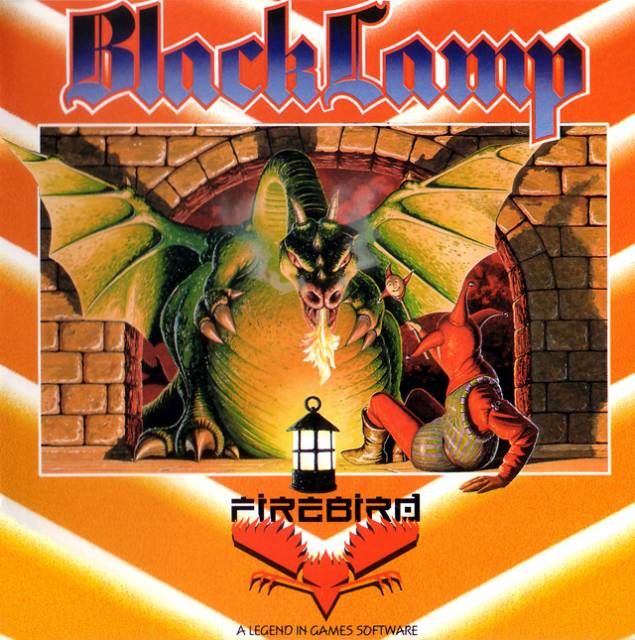
Black Lamp is a side-scrolling platformer/action game published on the Atari ST in 1988 by Firebird, a UK company that frequently took on projects from smaller teams, often taking a classic 8-bit game and sprucing it up for the 16-bit Amiga/ST - this was the case for their ST versions of Elite and The Sentinel. In this case, it also means that there's no obvious developer here: most places don't seem to have any name for the developer, just the people who actually made it who appear on the title screen (see below). It's been a recent phenomenon in the Indie world where people are just using their real names in lieu of company names, like Christine Love (though she only recently started using the Love Conquers All Games label to ship her games under), but it's possible it goes even further back. We'll see the 16-bit version today, but Black Lamp first appeared in the 8-bit home computer era: the C64, the ZX Spectrum and the Atari 400/800. I'd post the music, but they're just MIDI renditions of Elizabethan Serenade and Greensleeves. (Except for the C64 version, which gets this sweet SID track from Contradiction designer and erstwhile VGM maestro Tim Follin, because of course it does. Damn you, @buzz_clik! You win the ST/C64 soundtrack game once again!)
Black Lamp tells the tale of Jolly Jack the Jester, who is the lone defender of a massive raid on his kingdom. Equipped with a powerful amulet that acts as both his means of offense and defense, Jack has to recover the protective magical lamps that keep the kingdom safe and repel the horde of creatures that have invaded. Jack's hoping this act of heroism is enough to convince the king to let Jack marry the fair Princess Grizelda. (Grizelda isn't a particular "fair" name though, no offense to any Grizeldas out there. It's like a gritty Zelda. Not that we need to give Nintendo that idea.) The most striking aspect of the game was its open-world approach: you're free to explore in any direction, and having a set of collectibles to find in order to progress the game meant fully exploring each room of its huge maze-like kingdom for required McGuffins and useful power-ups.
I said this was a low key game this week, and it won't take a whole of explanation, but even revisiting it years later expecting the worse, I'm surprised how well Black Lamp has held up. The most maligned aspect of it - the controls - actually feel deliberate in a way that it almost feels like a positive. There's a certain clunkiness to how it works: Jack walks very slowly, and you have to turn around in two increments because of the way the game's foreground/background traversal works. It'd be a frustrating slog in most cases, but it works with the game's odd emphasis on aspects you'd normally not emphasize in a colorful, noisy platformer. I'm speaking cryptically because I intend to demonstrate what I mean with the screenshots below, but you'll hopefully see what I'm talking about in just a moment.
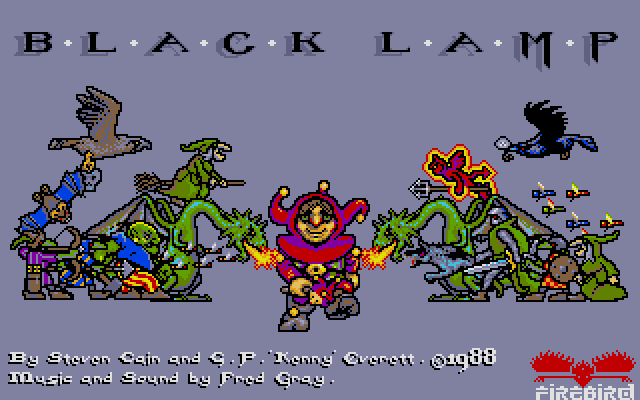
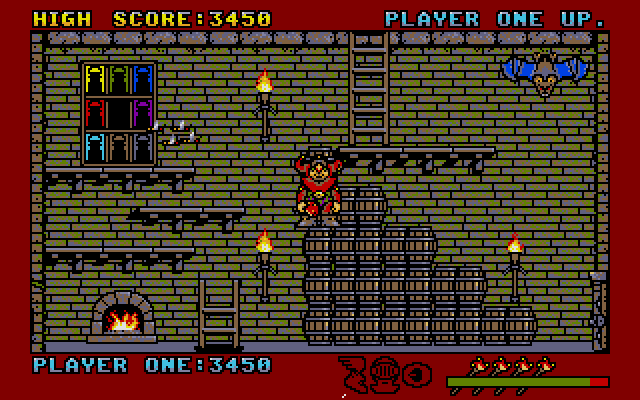
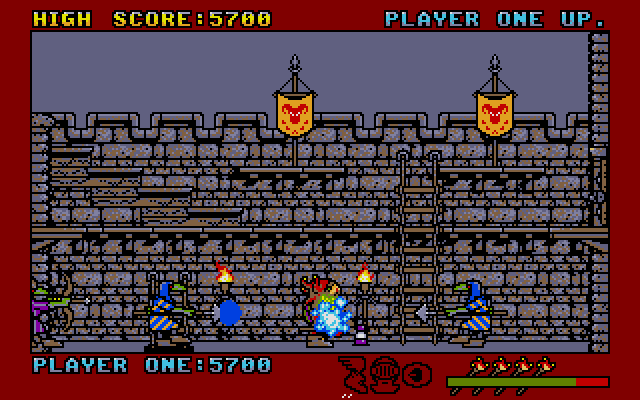
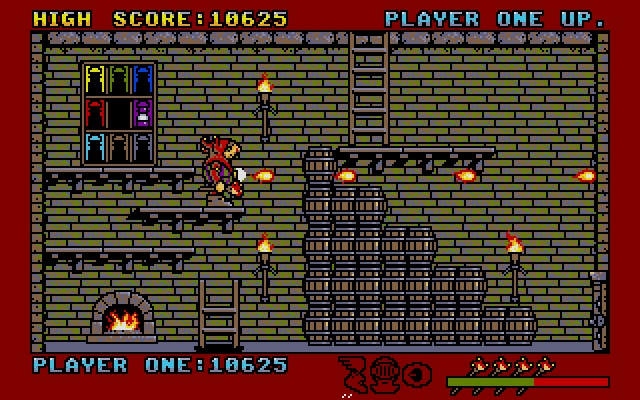
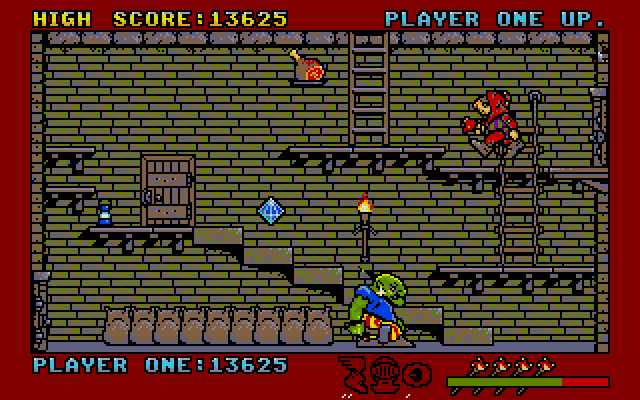
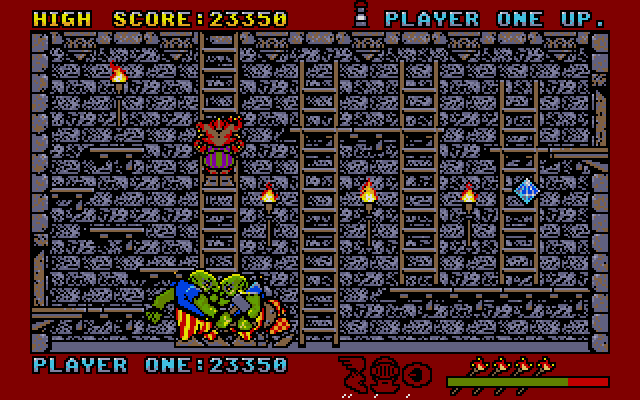
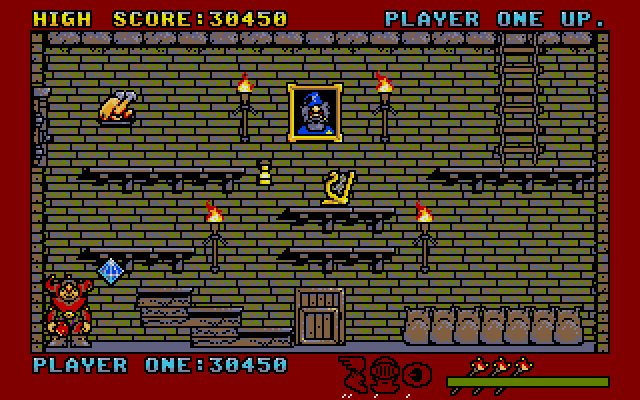
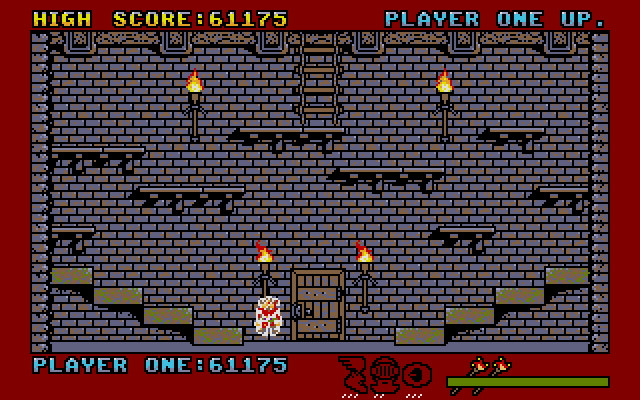
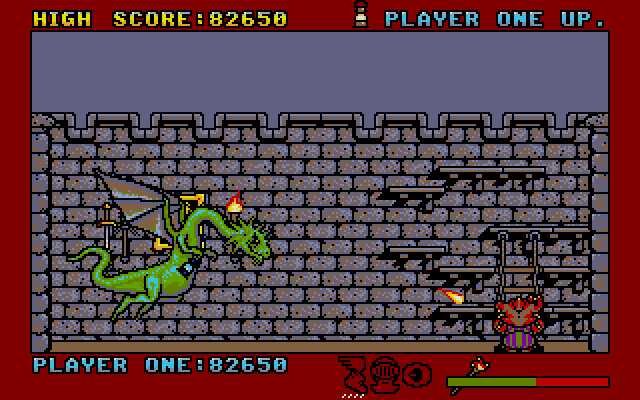
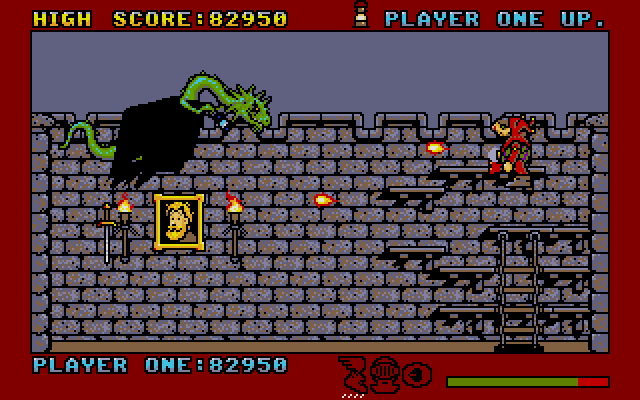
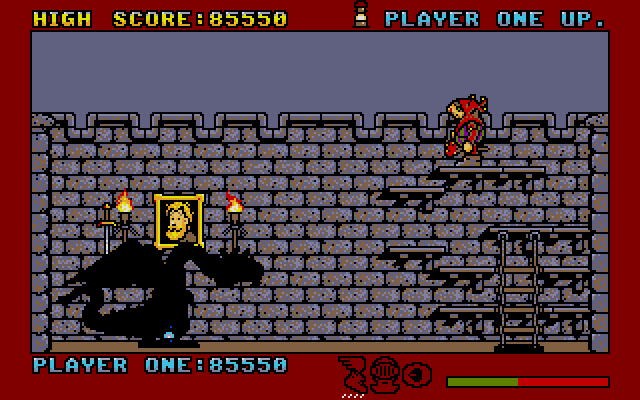
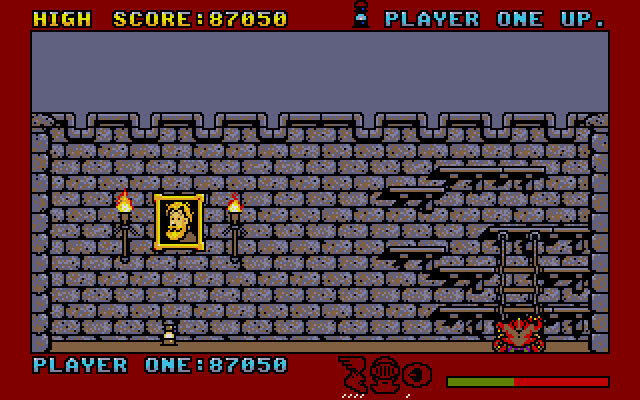
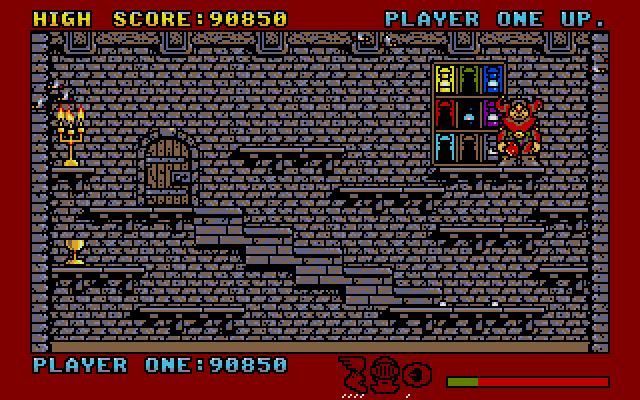
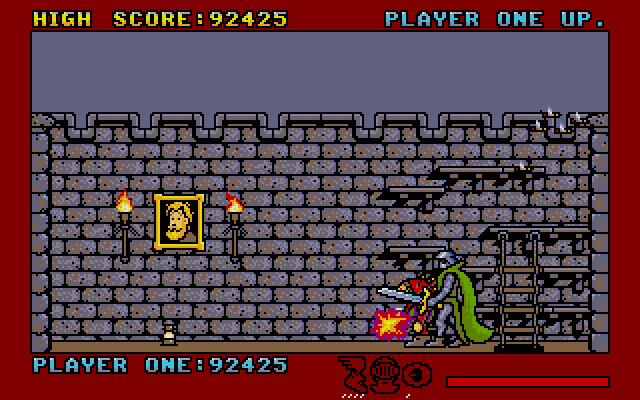
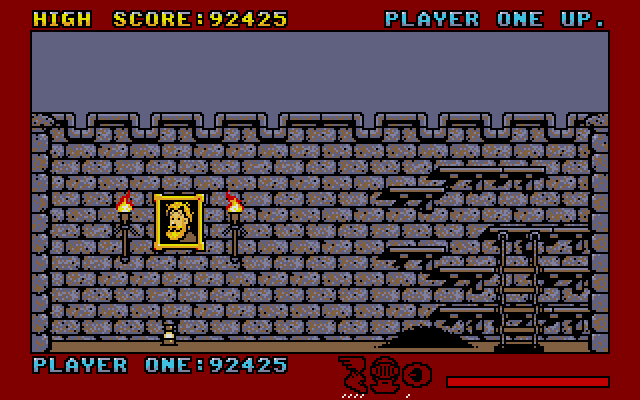
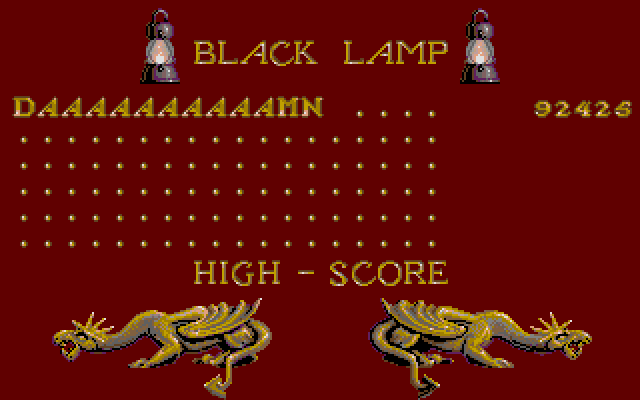
That's Black Lamp in a nutshell. Sort of difficult and weirdly unresponsive, but I hope you get that it was going for something a little different and methodical. Jack takes hits from enemies like a champ, so the deliberate platforming aspects are far more integral to success than trying to shoot everything. Open-world game design was still fairly novel for action games in 1988 too.
I'm just glad it lived up to my memories of it: that's an ever-present concern whenever I create a new ST-urday based on a game I loved as a kid.
(Back to the ST-urday ST-orehouse.)
